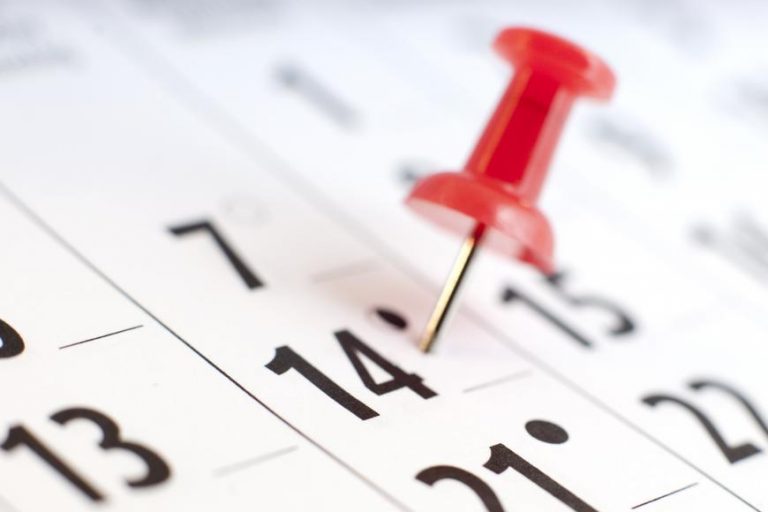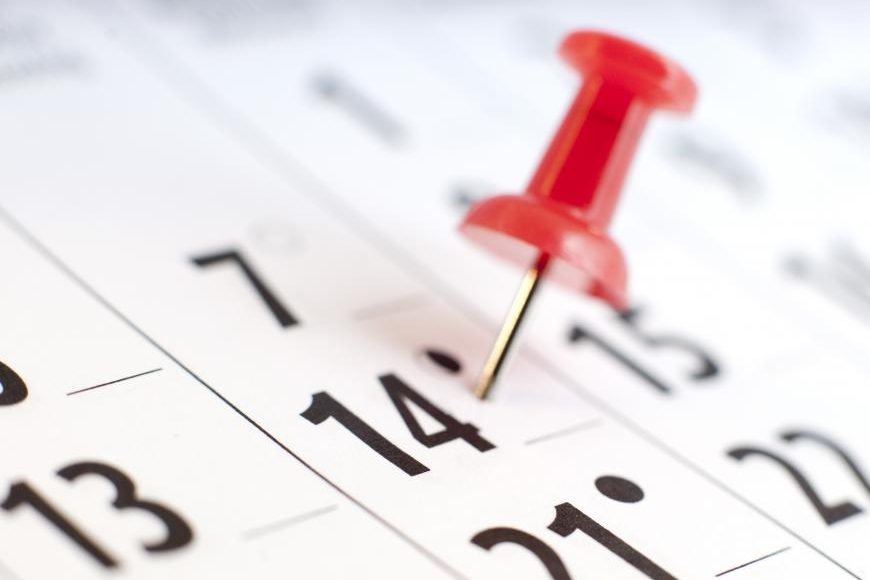 Adapted and excerpted from a previously published essay by Rabbi Hershel Billet, Morah D’Asra Young Israel of Woodmere. These selections are not meant to be the final arbiter. If you have any questions, please consult a competent halachic authority. Provided by the Orthodox Union’s Department of Synagogue Services.
Adapted and excerpted from a previously published essay by Rabbi Hershel Billet, Morah D’Asra Young Israel of Woodmere. These selections are not meant to be the final arbiter. If you have any questions, please consult a competent halachic authority. Provided by the Orthodox Union’s Department of Synagogue Services.
FAST OF THE FIRSTBORN MALES:
Since one is prohibited to fast on Shabbat, the firstborn should fast on Thursday. The 12th of Nisan. The fast is not held on Friday to avoid entering Shabbat feeling uncomfortable because of the fast. Immediately following the fast on Thursday evening, those firstborn responsible for searching for “chametz” who are able to make the search without eating should do so. If not, they should either have a light bite of fruit or other food of which people do not usually make a meal, or they should appoint others to make the search for them so they may eat a regular meal. Those firstborn who exempt themselves from the fast by participating in a “seudat mitzvah” are not exempt from the prohibition against eating before the search for “chametz”.
THE SEARCH FOR CHAMETZ:
The search for chametz takes place on Thursday night (the eve of the 13th of Nisan) at the exact time and under the exact same circumstances it normally takes place on the eve of the 14th of Nisan in other years. One starts the search immediately with nightfall (“tzeit hakochavim”- appearance of the stars) on Thursday night. The blessing for the search is recited as well as the text for voiding the chametz (“bitul chametz”) which follows. The chametz should then be placed in a safe place until the appropriate time for burning it the next day.
DESTRUCTION OF THE CHAMETZ (“BIUR CHAMETZ”):
It is preferred that one burn the chametz on Friday before midday (“chatzot”) as one normally does on erev Pesach in other years. One should not void the chametz after the destruction of the chametz since he will still be eating chametz for the rest of Friday and during part of Shabbat. The final voiding of chametz (“bitul”) should take place on Shabbat, erev Pesach.
FOOD FOR SHABBAT:
One should leave enough bread for two meals on Shabbat. Those who wish to follow the opinion, which states that if necessary one can eat the third Shabbat meal before midday should leave enough bread for three meals. There should be enough whole loaves or rolls to have “lechem mishnah” for two or three meals. One may also leave bread for eating on Friday after the time of “bi’ur chametz”. If desired, one may burn all the bread on Friday in order to avoid possible errors on Shabbat. In that case, one should prepare egg matzah (“matzah ashirah”) for the “lechem mishnah” to be eaten at the Shabbat meals which take place before the time when chametz becomes prohibited.
COOKING FOR SHABBAT
- One may prepare food for Shabbat in pots used for chametz. One should be careful, however, not to prepare chametz food which will stick to the pot and which will be hard to remove without scrubbing on Shabbat.
- It is therefore advisable to prepare non-chametz food in pots used for Pesach. One should remove this food with a new serving utensil and then transfer the food to a chametz pot for serving.
- Some authorities are strict in their application of the law (“machmir”) and say that one should be careful not to pour hot liquids from a Pesach pot in which they were cooked (“kli rishon”) directly into a chametz pot.
- If one wishes to follow the opinion stated above regarding total removal of all chametz on Friday then one should cook all the meals in Pesach pots and use only Pesach dishes since there is no longer any chametz left in the house.
THE SHABBAT MEALS AND THE “TWO LOAVES” (“Lechem Mishna”)
- Each of the three meals that one is required to eat on Shabbat should begin with two whole loaves of bread (“lechem mishnah”). The third Shabbat meal cannot be eaten before the time for “mincha gedolah” which is 6.5 hours (“sha’ot zemaniyot”) into the day. This poses the following problems when erev Pesach occurs on Shabbat:
- (a) What does one use for “lechem mishnah” for the first two meals?
- (b) How does one fulfill the mitzvah of eating the third Shabbat meal without bread, for it is forbidden to eat chametz after four hours (“sha’ot zemaniyot”) into the day of erev Pesach?
- One may use bread for “lechem mishnah” and general consumption on Friday night and Shabbat morning provided that the morning meal is eaten and finished before the end of the first four hours of the day (“sha’ot zemaniyot”). Therefore, one should rise early on such a Shabbat and pray with an early minyan. The service should be conducted with dignity, and conclude early enough to eat the second Shabbat meal before the time when the chametz is prohibited.
- If one does not wish to use bread on Shabbat and has removed all chametz from the house before Shabbat, then he can use egg matzah (“matzah ashira”) for the first two Shabbat meals provided that the second meal is finished before the time when the chametz becomes prohibited. Although “matzah ashirah” is not chametz, it is our custom not to eat it during that time period when we may not eat chametz.
- It is forbidden to eat regular matzah on erev Pesach. Therefore matzah cannot be eaten at the Shabbat meals. On Friday night, it is conceivable that one may use matzah since the prohibition against eating matzah is not probably dependent on daytime and not a 24-hour period. Yet, we are stricter and include Friday night in the prohibition.
- There are several opinions as to what one may do for the third Shabbat meal.
- a. Those whose custom it is to eat “matzah ashirah” on Pesach (contrary to the opinion of the Ramah – Rabbi Moshe Isserles) may use “matzah ashirah” for the “lechem mishnah” of the third meal provided that they conclude the meal before the end of 9 hours into the day (“sha’ot zamanyiot”).
- b. One may use cooked matzahs for they are not included in the prohibition against eating matzah on erev Pesach. The prohibition encompasses only, baked matzah which can be used at the seder. Here too, one must finish the third meal before the end of 9 hours into the day (“sha’ot zamaniyot”).
- c. Bread can be used for the third meal in the following manner: Immediately after the morning prayers, one washes, recites the “beracha” over “lechem mishnah” and eats the proper “shi’ur” for “birkat hamazon”. He then recited the “birkat hamazon”. He has thus eaten the second Shabbat meal. After waiting a short while, he commences the whole procedure again, this time eating a whole meal. This is his third Shabbat meal. This third meal must be finished before the end of the fourth hours into the day. In this manner, one fulfills the mitzvah of the three Shabbat meals “bedi’avad” since only some authorities allow the third meal to be eaten in this manner.
- d. The third meal may consist of fruit or fish or meat to the exclusion of bread, for there are some authorities who state that these foods fulfill the requirement for the third meal. These foods can be eaten after the beginning of the 10th hour of the day provided that one partakes of then in moderation.
- e. According to some opinion, one can learn Torah instead of eating the third meal. The Zohar states that particularly on this Shabbat, Rabbi Shimon Bar Yochai would study Torah instead of eating the third Shabbat meal.
- Our custom is to follow suggestions #c or #d. Therefore, one should either eat two meals before the end of the 4th hour (“sha’ot zemaniyot”) or eat a third meal consisting of fruit, fish or meat.
DESTRUCTION AND VOIDING THE CHAMETZ:
- If one ate chametz on Shabbat by using bread from the house by the end of the fifth hour into the day (“sha’ot zemaniyot”).
- Methods of removal are as follows:
- a. Any tiny crumbs that remain may be deposited on the floor in a place where people regularly walk. It is preferable, however, to gather these crumbs and place them in the garbage can, toilet or outside the door of the house (provided there is no problem on “hotza’ah” – removal from one domain to another).
- b. Larger pieces of bread can be given to a non-Jew. One should be careful not to ask the non-Jew directly to remove the chametz from the house. One may not give the non-Jew more than one meal’s worth of chametz at a time.
- c. The chametz may also be fed to a dog or flushed down the toilet.
- d. If none of the above were done, then the chametz must be covered and placed in a safe, isolated spot in the house and burned after Yom Tov (“motza’ay yom tov”) on Monday night.
- Once one is prohibited to derive any pleasure whatsoever from chametz (the “isur hana’ah” begins in the sixth hour), then the chametz is “muktzah” and a Jew can no longer move it from place to place. A non-Jew, however, may remove it for him.
- One must void (“bitul”) the chametz at the proper time on Shabbat, erev Pesach, regardless of whether or not there actually is any chametz in the house. The “bitul” should be performed before the end of the fifth hour into the day (“sha’ot zamaniyot”).
WASHING THE DISHES AND OTHER FOOD UTENSILS:
- If chametz food is cooked for Shabbat, one should be careful not to prepare food which will stick to the pot and which would, therefore, have to be scrubbed on Shabbat. If one was not careful about this, then it is permissible to clean the pots but with minimal effort as possible.
- Other pots and dishes should be cleaned gently and put away. Even if there is no chametz in them, they should be cleaned and put away.

